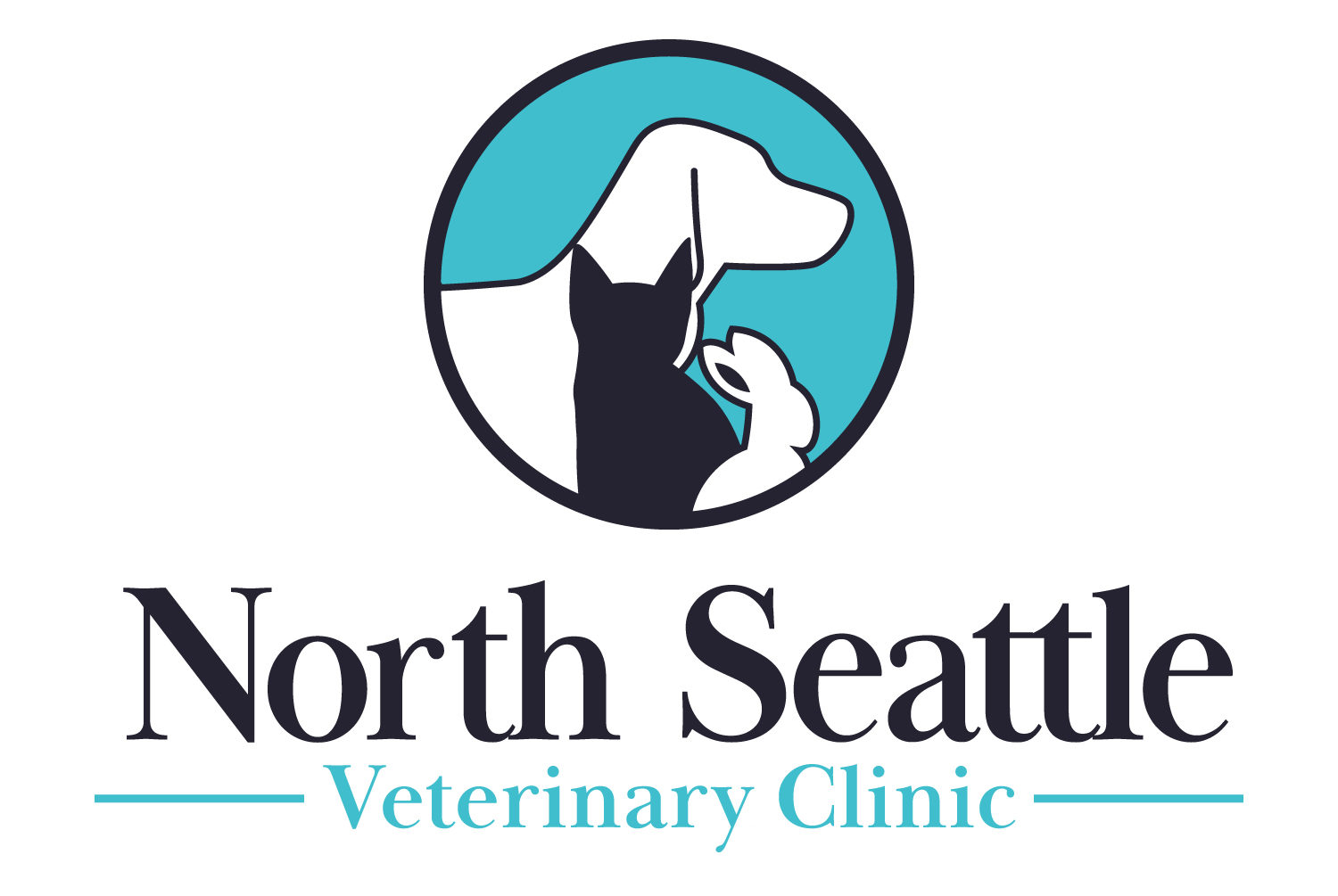February is National Pet Dental Health Month! To celebrate this year, we’ll be bringing you an interesting and informative series of posts about all things pet and dental! To kick things off on this important but often overlooked topic, let’s talk about the basics of your pet’s teeth.
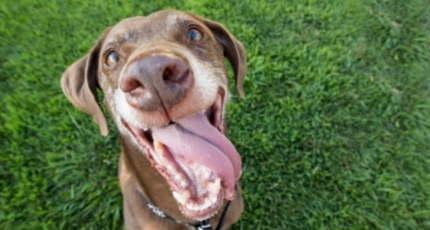
healthy dog’s mouth has white teeth, pink, moist gums, and no bad smell.
Canines
Dogs have forty-two teeth – the greatest number of teeth seen in any of the animals most companion pet veterinarians see. Tiny little Chihuahuas have 42 teeth and giant Great Danes have 42 teeth. Long-muzzled Greyhounds have 42 teeth and smushy-faced Pugs have 42 teeth. Dogs have four canine teeth (sometimes known as “fangs”) and 12 little incisors. On their maxillary (upper) jaw, they have six teeth on each side meant for shearing, ripping, and chewing. On their mandible (lower) jaw, they have seven of those teeth. Dogs are omnivores, so they do chew their food more than our feline friends, who are obligate carnivores.

He’s got the right idea – daily or even weekly brushing can help keep your dog’s mouth clean and healthy!

He’s got the right idea – daily or even weekly brushing can help keep your dog’s mouth clean and healthy!
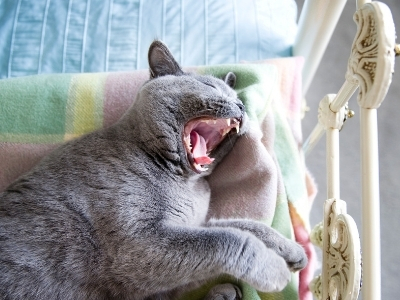
Just a sleepy kitty with his canines out!
Felines
Most of us don’t pay too much attention to our cats’ mouths unless they’re using them on us. Cats have got lots of sharp little teeth, and that’s because cats are carnivores. They have four sharp canines, 12 little incisors, 12 shearing teeth, and 2 little teeth way in the back for a total of 30 teeth. Cats don’t have flat molars like humans and dogs do since cats don’t really chew their food – in the wild, they shear the meat from their prey’s bones and just swallow it down. It seems crude, but it works! Not having molars and not chewing may seem like a good excuse to not look too closely at your cat’s teeth, but cats need dental care just like the rest of us. Although most cats won’t tolerate having their teeth brushed, there is the odd cat out who may enjoy the attention and of course, it’s easier to get a kitten accustomed to having its teeth brushed than an adult cat.
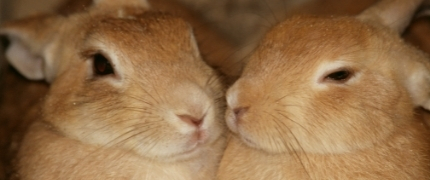
Herbivores need dental care too! Their big grinding teeth need to be correctly aligned, or big problems can occur.
Rabbits
Here at NSVC, we see a lot of rabbits, which means we see a lot of rabbit teeth and rabbit dental issues. Unlike cats and dogs, rabbits are herbivores. This means that instead of having the teeth meant for ripping and tearing, their teeth are meant for snipping and grinding. Rabbits also have only 28 teeth – two fewer than cats and 12 fewer than dogs. Behind their prehensile (grasping) lips, rabbits have four incisors – two on top and two on the bottom.
Rabbit teeth are hypsodontic – this means that they continue to grow throughout the rabbit’s life. This unique feature of rabbit teeth means a whole set of equally unique dental problems. The most common problem is malocclusion – where the top and bottom jaw don’t align correctly. This means that tooth alignment is incorrect and the teeth won’t wear down efficiently. This can lead to overgrown teeth.
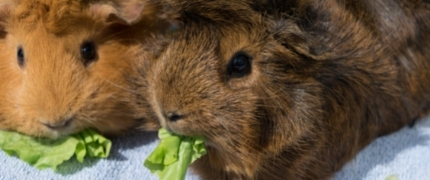
Piggy’s drooling, grinding his teeth or seems painful, it could be a tooth problem – get him to a vet ASAP!
For more in-depth information, keep following us this month as we keep talking more about this important issue. You can also check out the American Veterinary Dental College‘s website.
